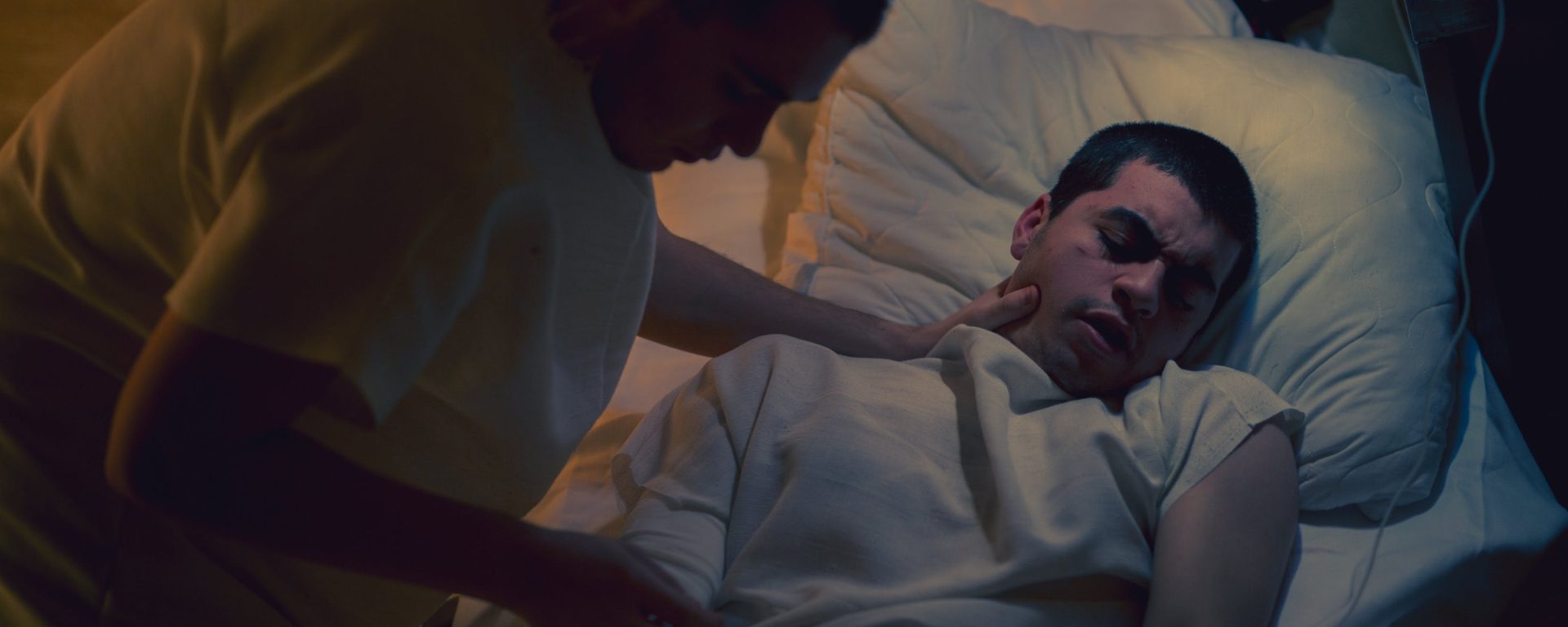In 2019, a study conducted by Juliusz Huber and Przemysław Lisiński, researchers aimed to assess the initial effects of supervised versus unsupervised rehabilitation protocols in patients presenting with myofascial pain syndrome, disk-root conflict, and degenerative spine disease at the cervical level.
The study involved three distinct groups of patients, each comprising 60 individuals with confirmed diagnoses of myofascial pain syndrome, disk-root conflict, or degenerative spine disease. These groups were randomly assigned to either supervised or unsupervised treatment subgroups, with an additional control group of 30 healthy subjects sharing similar demographic and anthropometric characteristics.
Prior to rehabilitation and upon its completion, the participants underwent a comprehensive evaluation using various measures, including the visual analog scale for pain assessment, Spurling’s test, assessment of painful passive elongation, active trigger points detection in the trapezius muscle, sensory perception studies, and surface electromyography during rest and maximal contraction, as well as electroneurography.
The results indicated notable differences between the supervised and unsupervised rehabilitation approaches. Specifically, supervised treatment demonstrated a significant reduction in pain intensity (P = .001) and a decrease in the incidence of Spurling’s symptoms (P = .008) in patients with disk-root conflict. For individuals with myofascial pain syndrome, supervised therapy resulted in the least observed painful elongation and trigger points in the trapezius muscle (P = .009).
Furthermore, the supervised rehabilitation approach exhibited positive outcomes in terms of electromyography. Resting electromyography amplitude decreased, while maximal contraction electromyography amplitude increased in patients with myofascial pain syndrome (P = .02). Similar improvements were observed in the biceps and abductor pollicis brevis muscles of patients with other cervical conditions (P ranging from .05 to .001).
Additionally, median nerve electroneurography and sensory perception results showed improvement (P = .05) following supervised treatment in the disk-root conflict group.
In conclusion, the study suggests that a 20-day supervised rehabilitation program yields superior therapeutic effects compared to an unsupervised approach for addressing muscle dysfunctions in patients with myofascial pain syndrome, degenerative changes, and disk-root conflict at the cervical spine. These findings contribute valuable insights to the optimization of rehabilitation strategies for cervical pain patients, emphasizing the potential benefits of supervised interventions.
Reference: Huber, J., & Lisiński, P. (2019). Early results of supervised versus unsupervised rehabilitation of patients with cervical pain. The International Journal of Artificial Organs, 42(12), 695-703.
